Padua is in the UNESCO World Heritage list
Padua: A UNESCO City of Art and History
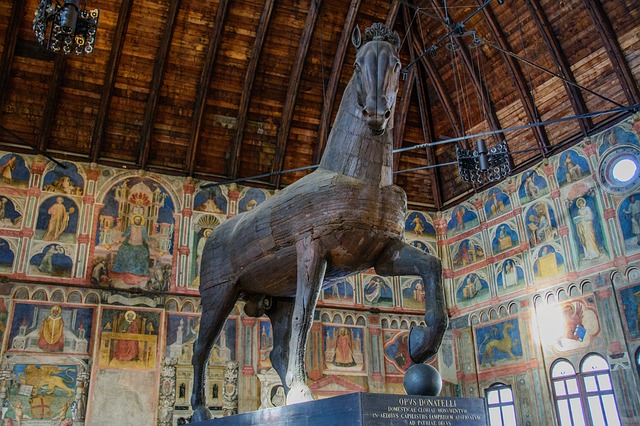 In July 2021, we all celebrated as Padua “Urbs Picta” was officially added to the UNESCO World Heritage List. This recognition is a testament to the city’s outstanding artistic and cultural heritage, which has shaped both Italy and the world.
In July 2021, we all celebrated as Padua “Urbs Picta” was officially added to the UNESCO World Heritage List. This recognition is a testament to the city’s outstanding artistic and cultural heritage, which has shaped both Italy and the world.
Padua has long been home to remarkable cultural treasures, with its Botanical Garden already listed in 1997 as part of UNESCO’s heritage. The garden is regarded as a pioneering institution in the world of botanical science, symbolizing a global exchange of knowledge, particularly in fields like medicine, chemistry, and pharmacy.
“The Botanical Garden of Padua is the origin of all botanical gardens worldwide. It represents the cradle of science, scientific exchange, and the relationship between nature and culture. It has significantly contributed to the progress of numerous modern scientific disciplines, particularly botany, medicine, chemistry, ecology, and pharmacy.”
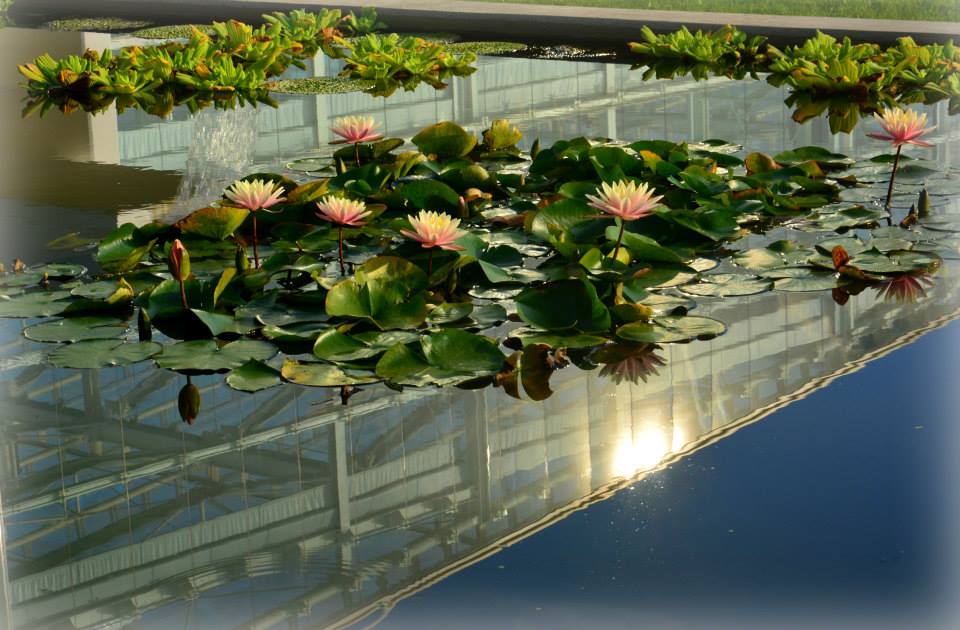
This makes Padua the only Italian city—and one of the few in the world—that can proudly boast two UNESCO World Heritage sites. After over two decades, the 3,694 square meters of medieval frescoes have finally received the recognition they deserve for their exceptional historical and artistic value.
The Artistic Revolution of Padua
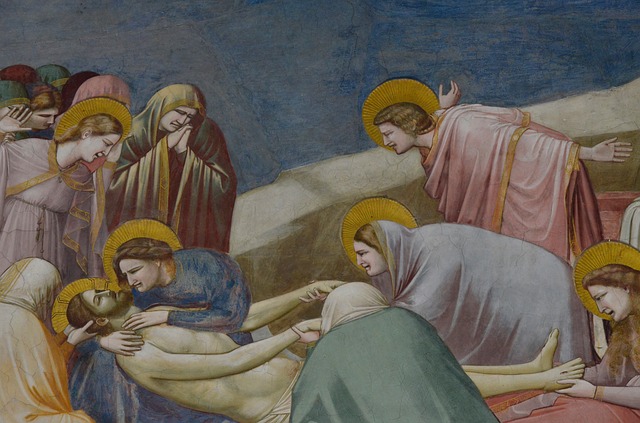 In the 1300s, Giotto ignited a stylistic and cultural revolution in Padua, becoming a role model for countless other artists. Names like Altichiero da Zevio, Guariento, Giusto da Menabuoi, and Jacopo Avanzi contributed to the city’s vibrant artistic landscape, painting the interiors of Padua’s most renowned buildings. Their work created a world of color and life, a legacy that remains largely intact to this day.
In the 1300s, Giotto ignited a stylistic and cultural revolution in Padua, becoming a role model for countless other artists. Names like Altichiero da Zevio, Guariento, Giusto da Menabuoi, and Jacopo Avanzi contributed to the city’s vibrant artistic landscape, painting the interiors of Padua’s most renowned buildings. Their work created a world of color and life, a legacy that remains largely intact to this day.
UNESCO has praised the fresco cycles of Padua for their role in the exchange of ideas between the world of science, literature, and visual arts during the early 14th century. The artists of the time demonstrated extraordinary skill in visualizing these ideas, and their technical expertise allowed the frescoes to endure remarkably well over the centuries. Their innovations, centered in Padua, spread throughout Italy, laying the groundwork for the Renaissance.
“The fresco cycles in Padua illustrate the important exchange of ideas that occurred in the prehumanist climate of early 14th-century Padua. The artists’ technical abilities allowed these works not only to become models for others but to endure the passage of time, shaping the future of Italian Renaissance art and beyond.”
UNESCO: What Is It and What Does It Do?
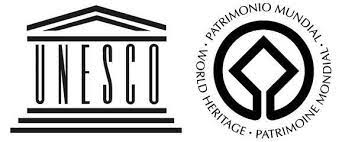
The United Nations Educational, Scientific and Cultural Organization (UNESCO) was founded in 1945 to promote peace and security by fostering international collaboration in the fields of education, science, and culture. UNESCO’s goal is to protect cultural and natural heritage worldwide.
There are currently 1,154 UNESCO World Heritage sites in 167 countries (with 58 in Italy, the country with the most). These sites are deemed critical for humanity’s collective history and identity, and their preservation is essential for future generations.
For a site to be considered for the UNESCO World Heritage List, the nominating country must demonstrate a commitment to its protection and safeguarding. In this way, UNESCO sites help ensure peace, stability, and sustainable development in the regions where they are located.
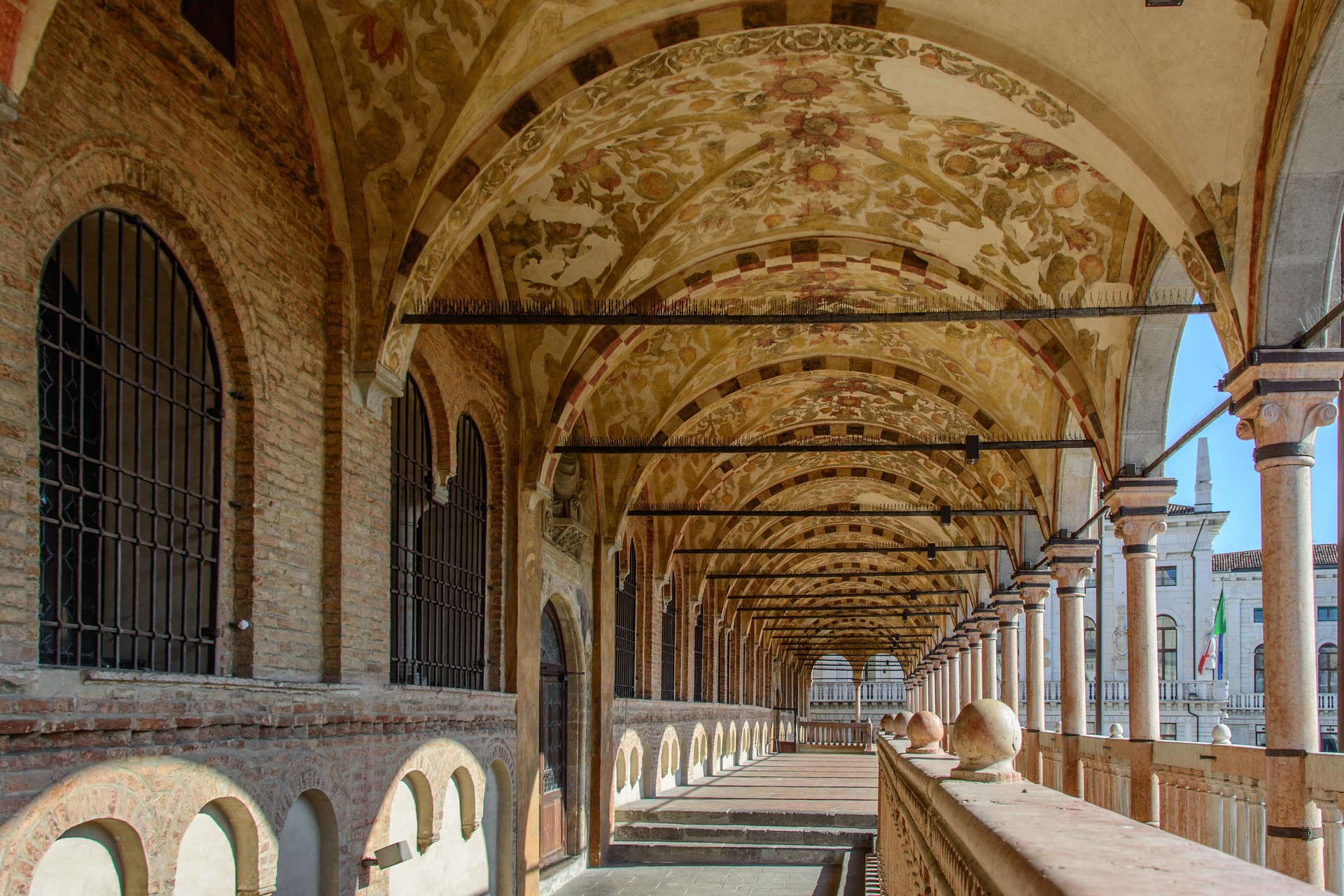
Padua’s UNESCO Heritage Sites
Here’s a list of the UNESCO-recognized sites in Padua:
- The Scrovegni Chapel
- Palazzo della Ragione
- Basilica of Saint Anthony
- Cathedral Baptistery
- Eremitani Church
- Chapel of the Carrarese Palace
- Oratory of San Giorgio
- Oratory of San Michele
Photos:
- The frescoed cycle in Palazzo della Ragione in Padua
- Water lilies in the Botanical Garden of Padua
- Giotto’s frescoes in the Scrovegni Chapel
- Loggias in the Palazzo della Ragione in Padua
Sources: www.unesco.it, www.padovaurbspicta, Wikipedia, ilbolive.unipd.it
August 2021
If you’re looking to explore Padua and its UNESCO treasures, be sure to also visit the other UNESCO cities in Veneto, such as Venice, Vicenza, and Verona.




















